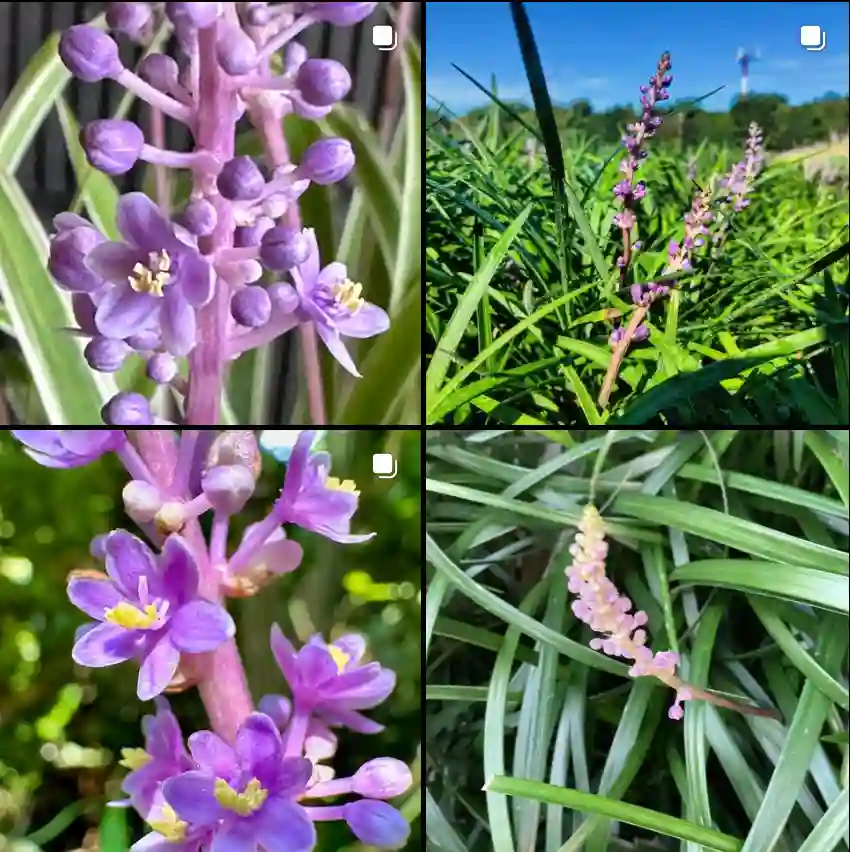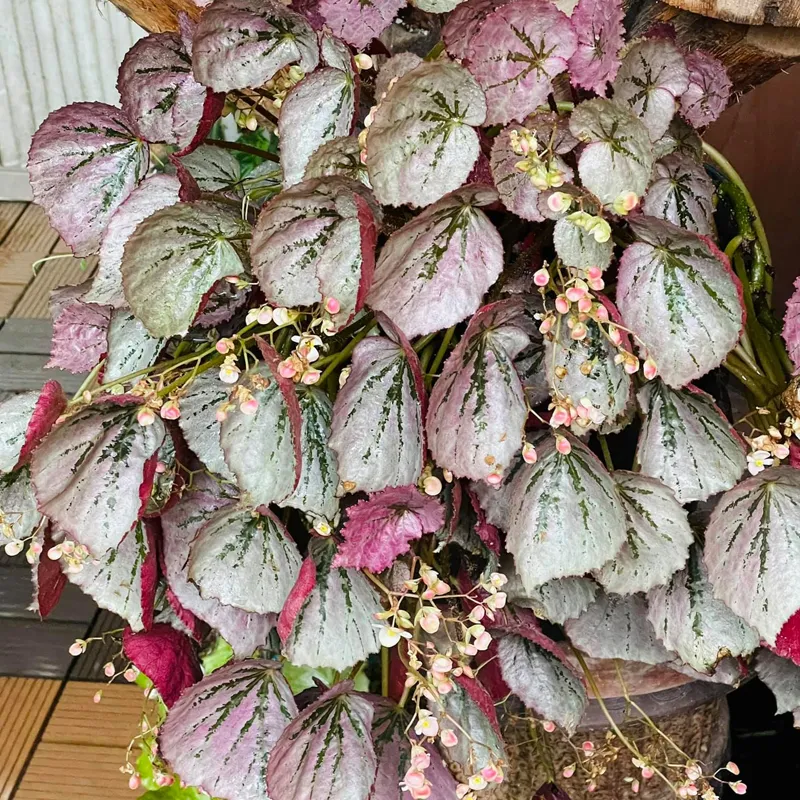What is Angelica Gigas?
Angelica Gigas, commonly known as Korean Angelica, is a striking perennial plant native to East Asia. Renowned for its bold, architectural foliage and towering flower spikes, Angelica Gigas makes a dramatic statement in any garden. Its vibrant purple blooms, which appear in late summer, add a splash of color and attract pollinators like bees and butterflies.
107 Species in Genus Angelica
How to Grow Angelica Gigas?
Growing Angelica Gigas can be an enjoyable and rewarding experience. This plant prefers moist, well-drained soil and a location with partial to full sun. It’s ideal for garden beds or naturalized areas where its large size and dramatic presence can be fully appreciated. To ensure robust growth, enrich the soil with compost or well-rotted manure to improve its nutrient content.
How to Grow Angelica Gigas from Seed?
Growing Angelica Gigas from seed is a straightforward process but requires patience. Start by sowing seeds indoors about 10-12 weeks before the last frost. Use seed-starting mix and lightly cover the seeds with soil. Keep the soil moist but not waterlogged and maintain a temperature of around 70°F (21°C). Once seedlings have developed a couple of true leaves, they can be transplanted outdoors after the danger of frost has passed.
When to Sow Angelica Gigas Seeds?
The best time to sow Angelica Gigas seeds is in late winter or early spring if you’re starting indoors. If you’re sowing directly into the garden, wait until the soil has warmed up and there is no longer a risk of frost. The seeds require cold stratification to germinate effectively, so exposing them to a period of cold can help improve germination rates.
What is Angelica Gigas Root?
The root of Angelica Gigas is thick, fleshy, and aromatic. It has been traditionally used in Korean medicine for its purported health benefits. The root can be harvested in late autumn when the plant’s above-ground parts die back. It’s worth noting that while the root has medicinal uses, it is not typically consumed in Western gardening practices.
Is Angelica Gigas Invasive?
Angelica Gigas is not considered highly invasive. However, its large size and vigorous growth mean it can spread and self-seed in suitable conditions. If you’re concerned about it spreading too aggressively, consider deadheading the flowers before they set seed or contain the plant in a controlled area.
How to Care for Angelica Gigas?
Caring for Angelica Gigas involves regular watering, especially during dry periods, and occasional fertilization to support its growth. Mulching around the base of the plant helps retain soil moisture and suppress weeds. In the fall, it’s a good idea to cut back the plant’s spent foliage to maintain a tidy appearance and prepare it for the next growing season.
How to Propagate Angelica Gigas?
Angelica Gigas is primarily propagated from seeds. While it can be challenging to propagate through division due to its large and robust root system, seed propagation remains the most reliable method. If you’re successful in growing multiple plants, you can space them apart to avoid overcrowding and encourage optimal growth.
What to Plant with Angelica Gigas?
Angelica Gigas pairs well with other tall perennials like Delphiniums, Hollyhocks, or Rudbeckia. Its architectural form provides a striking contrast to lower-growing plants and can help create a visually appealing garden design. Companion plants that thrive in similar conditions—moist soil and partial to full sun—will complement Angelica Gigas nicely.
Can You Grow Angelica Gigas Indoors?
Angelica Gigas is best suited to outdoor garden environments. Its large size and specific light and space requirements make it challenging to grow indoors. If you’re looking for indoor-friendly plants with similar aesthetic appeal, consider smaller, more manageable species such as Angelonia or certain types of ferns.
Is Angelica Gigas Toxic?
Angelica Gigas is not considered toxic. However, it’s always wise to avoid consuming plants unless you’re certain of their safety and intended use. If you have pets or small children, it’s prudent to monitor their interactions with garden plants to prevent any accidental ingestion.
Where to Buy Angelica Gigas?
You can purchase Angelica Gigas seeds or plants from specialized nurseries, garden centers, and online retailers. It’s a good idea to choose a reputable seller to ensure the quality of the seeds or plants. For those interested in growing from seed, many online garden supply stores offer Angelica Gigas seeds, especially in the early spring.
Common Problems with Angelica Gigas
Common problems with Angelica Gigas include issues related to moisture management. The plant can suffer from root rot if the soil remains too wet, so good drainage is crucial. Pests and diseases are relatively uncommon but keep an eye out for aphids or fungal issues, especially in humid conditions.
Compare with Similar Plants
Angelica Gigas is sometimes confused with Angelonia, but they are distinct in appearance and growing conditions. Angelonia is a smaller, heat-tolerant annual, while Angelica Gigas is a large, perennial plant with more robust foliage and flower spikes. If you’re interested in architectural plants with dramatic blooms, consider also looking into plants like Queen Anne’s Lace or various types of umbellifers.
In summary, Angelica Gigas is a fascinating and bold plant that can make a standout addition to your garden with proper care and attention. Whether you’re growing it from seed or buying a mature plant, its striking appearance and unique qualities are sure to enhance your garden’s landscape.
If i die, water my plants!



